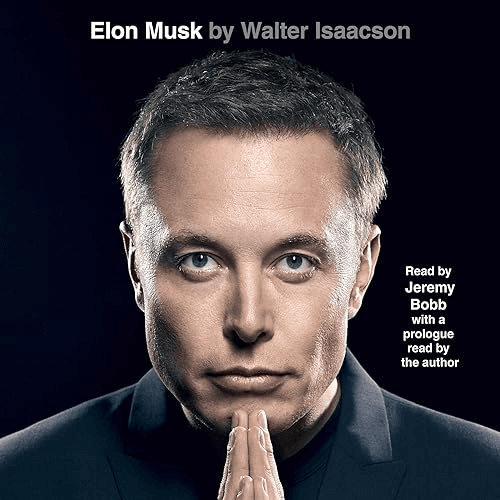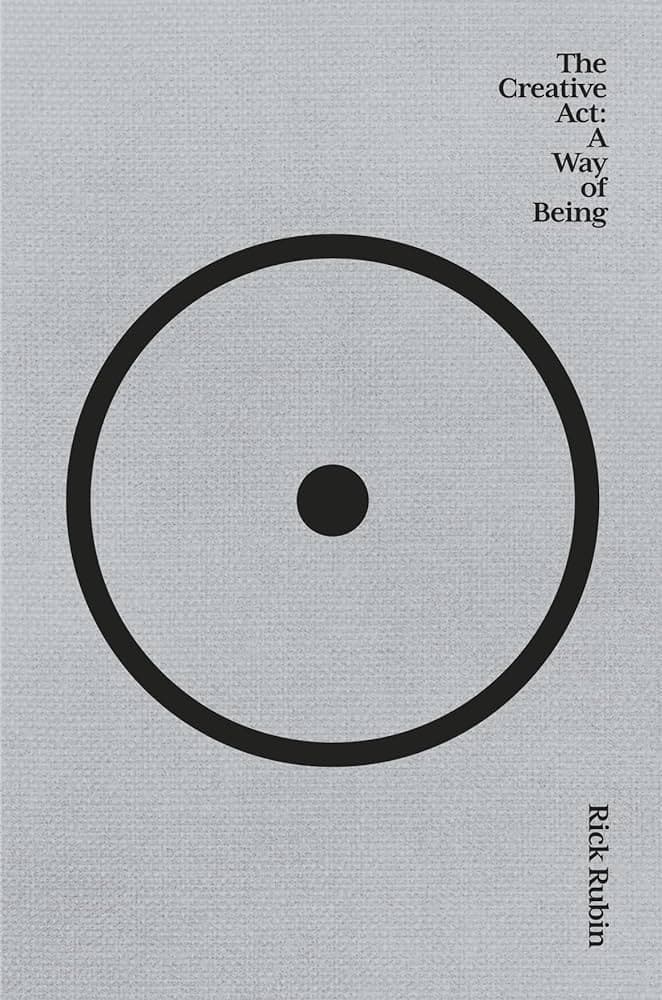The Black Swan by Nassim Nicholas Taleb vs. Antifragile: Things That Gain from Disorder
The Black Swan by Nassim Nicholas Taleb
Skin in the Game may be nice but The Black Swan is the OG Nicholas Taleb. Read this book to learn how to think and avoid biases and reread at least once very couple of years.
Antifragile: Things That Gain from Disorder
"Antifragile: Things That Gain from Disorder" by Nassim Nicholas Taleb is a groundbreaking exploration of systems and entities that thrive and grow stronger in the face of stress, volatility, and chaos. Taleb introduces the concept of "antifragility," which goes beyond resilience or robustness. Through a mix of philosophy, practical wisdom, and real-world examples, Taleb illustrates how embracing uncertainty and leveraging disorder can lead to success and innovation. This book is essential for anyone interested in risk management, personal development, and understanding how to benefit from uncertainty and change.
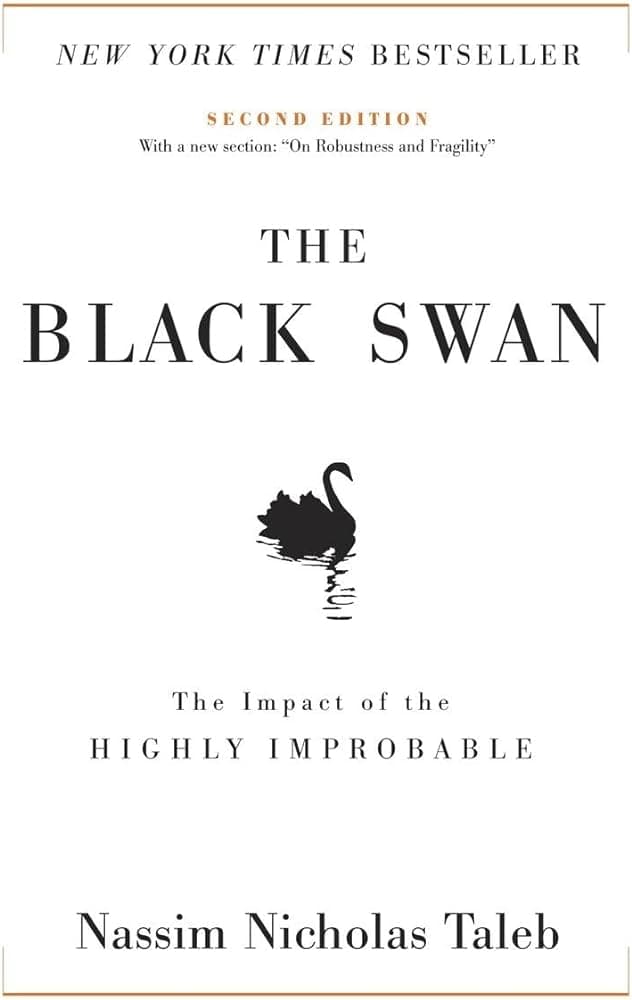
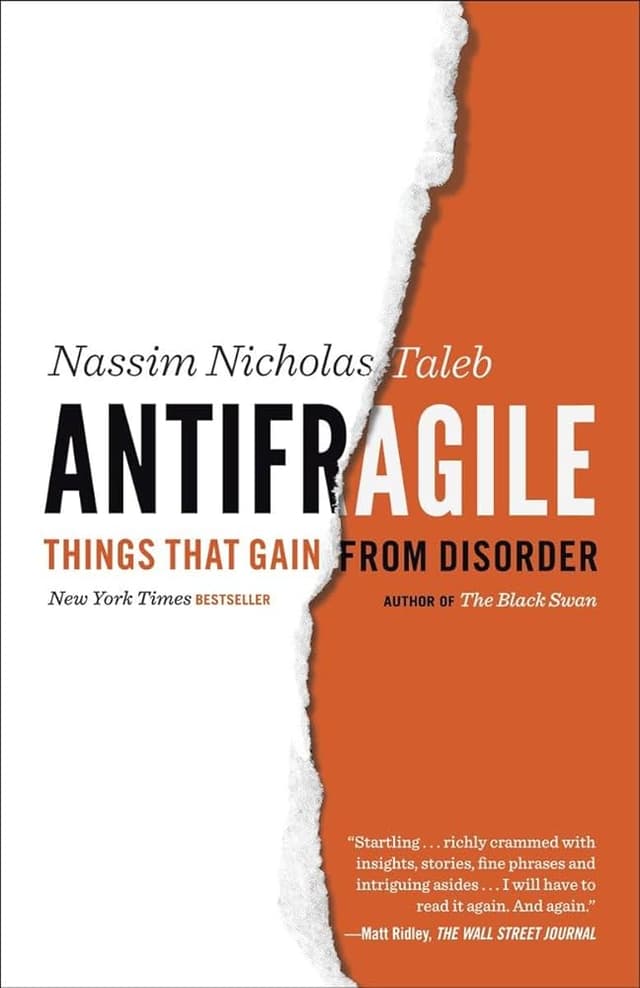
Reviews
Reviews
Reviewed on 2/29/2024
I remember reading Antifragile when it first came out and it made a huge impression. It changed the way I think in plenty of subtle ways. I've been rereading Nassim Nicholas Taleb recently, starting with Black Swan. I really want to reread Antifragile this year too.
| Item | Votes | Upvote |
|---|---|---|
| No pros yet, would you like to add one? | ||
| Item | Votes | Upvote |
|---|---|---|
| No cons yet, would you like to add one? | ||
| Item | Votes | Upvote |
|---|---|---|
| Innovative and original concepts | 1 | |
| Practical applications across various fields | 1 | |
| Engaging and thought-provoking narrative | 1 |
| Item | Votes | Upvote |
|---|---|---|
| Taleb's writing style can be polarizing | 1 |
Frequently Asked Questions
Both 'Antifragile' and 'The Black Swan' are influential works by Nassim Nicholas Taleb that delve into complex theories about risk and uncertainty. 'Antifragile' is highly regarded for its exploration of systems that benefit from disorder, while 'The Black Swan' focuses on the impact of highly improbable events. 'Antifragile' currently ranks higher on the Best Books Ever list, indicating a slightly stronger preference among voters. However, the best choice for you may depend on whether you are more interested in understanding robustness and anti-fragility or the nature of unpredictable events and biases.
'The Black Swan' by Nassim Nicholas Taleb explores the concept of unpredictable and rare events that have a massive impact on the world. The book delves into how these events are often rationalized in hindsight, despite being unexpected. It encourages readers to understand and embrace uncertainty, and to recognize the limitations of predictive models and human biases.
Nassim Nicholas Taleb is a Lebanese-American essayist, scholar, statistician, and former trader and risk analyst. He is known for his work on probability, uncertainty, and randomness, and has authored several books including 'The Black Swan,' 'Antifragile,' and 'Skin in the Game.' Taleb's work mainly focuses on the unpredictability of events and how individuals and systems can be robust or even benefit from disorder.
The main themes of 'The Black Swan' by Nassim Nicholas Taleb include the impact of rare and unpredictable events, the flaws of predictive models, human cognitive biases, and the concept of robustness and fragility in systems. Taleb argues that these 'Black Swan' events are often underestimated and can have profound consequences on societies and economies.
You should read 'The Black Swan' by Nassim Nicholas Taleb to gain a deeper understanding of how rare and unpredictable events can shape our world. The book provides valuable insights into recognizing and mitigating biases, improving decision-making under uncertainty, and preparing for the unexpected. It’s a thought-provoking read that challenges conventional wisdom and encourages critical thinking.
'Antifragile: Things That Gain from Disorder' by Nassim Nicholas Taleb is a groundbreaking exploration of systems and entities that thrive and grow stronger in the face of stress, volatility, and chaos. Taleb introduces the concept of 'antifragility,' which goes beyond resilience or robustness. Through a mix of philosophy, practical wisdom, and real-world examples, Taleb illustrates how embracing uncertainty and leveraging disorder can lead to success and innovation. This book is essential for anyone interested in risk management, personal development, and understanding how to benefit from uncertainty and change.
Pros of 'Antifragile: Things That Gain from Disorder' include its innovative and original concepts, practical applications across various fields, and an engaging and thought-provoking narrative. However, a con noted by some readers is that Taleb's writing style can be polarizing.
Nassim Nicholas Taleb is a renowned scholar, statistician, and former trader known for his work on probability, uncertainty, and risk management. He is the author of several influential books, including 'The Black Swan,' 'Fooled by Randomness,' and 'Antifragile.' Taleb's work often focuses on the limits of knowledge and the impact of rare, unpredictable events.
Related Content & Alternatives
- 1
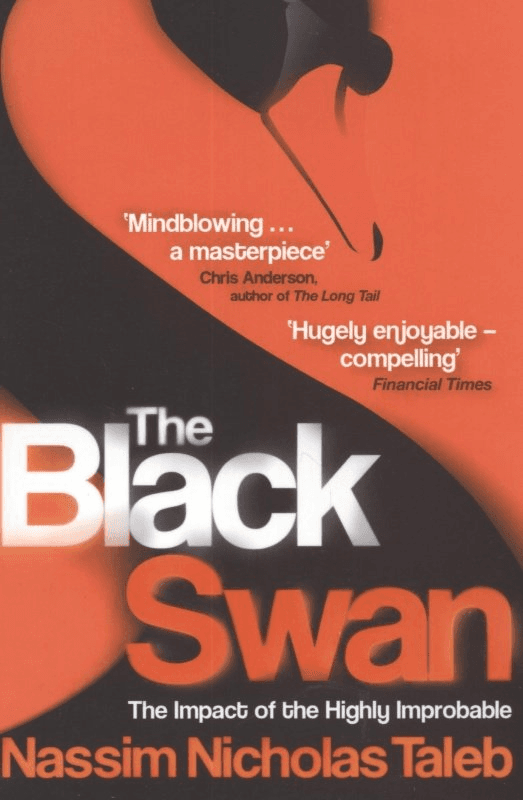 1.The Black Swan
1.The Black Swan"The Black Swan" by Nassim Nicholas Taleb is a seminal work that explores the profound impact of rare and unpredictable events, termed "Black Swans." Taleb argues that these events, which are often overlooked or underestimated, have massive consequences on our world. He highlights the limitations of traditional forecasting methods and emphasizes the need for resilience and adaptability in the face of uncertainty. Blending philosophy, economics, and personal anecdotes, Taleb provides a compelling critique of our understanding of risk and uncertainty. This book is essential for anyone interested in risk management, economics, and understanding the unpredictable nature of our world.
- 1
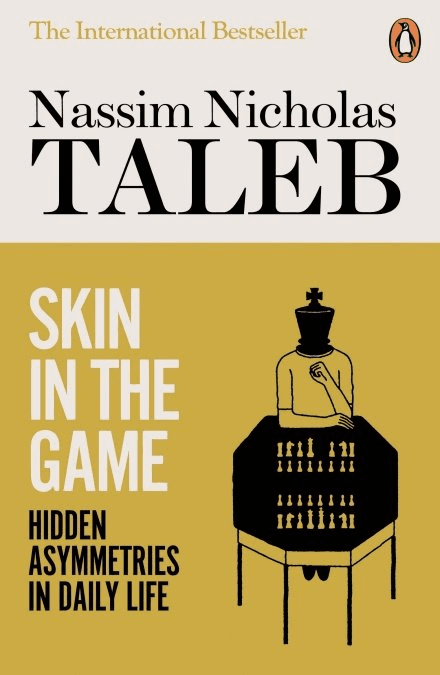 2.Skin in the Game: Hidden Asymmetries in Daily Life
2.Skin in the Game: Hidden Asymmetries in Daily LifeSkin in the Game: Hidden Asymmetries in Daily Life is a nonfiction book by Nassim Nicholas Taleb, published in 2018. Taleb’s main point is pretty simple: people should share in the risks of the decisions they make. If you benefit from something, you should also face the downsides if things go wrong. He calls this having “skin in the game.” Without that, people can make reckless choices that hurt others while staying safe themselves. The book covers everything from politics and business to religion and everyday life. Taleb doesn’t hold back on criticism. He talks about how some policymakers and financial experts make decisions that affect millions but don’t suffer when those decisions backfire. He uses examples like bankers profiting during booms but getting bailed out during crashes. Taleb also goes after what he calls “Intellectual Yet Idiot” types—educated people who, in his view, complicate things and give advice without understanding real-world consequences. He argues that real knowledge comes from doing and risking something yourself, not just sitting in a classroom or writing articles. One part of the book dives into how stubborn minorities—like people who strictly follow certain dietary rules—can influence the majority’s choices without even trying. There’s even a section where he talks about religion, saying that the idea of God taking human form (in Christianity) is the ultimate example of having skin in the game. Taleb’s writing style is direct, sometimes blunt, and he isn’t shy about calling out what he sees as nonsense. The book is part of his Incerto series, which looks at uncertainty and risk in modern life. Some people love his no-nonsense approach; others find him a bit too combative. Either way, Skin in the Game is about accountability—if you play the game, you should be prepared to take a hit when things go south.
- 0
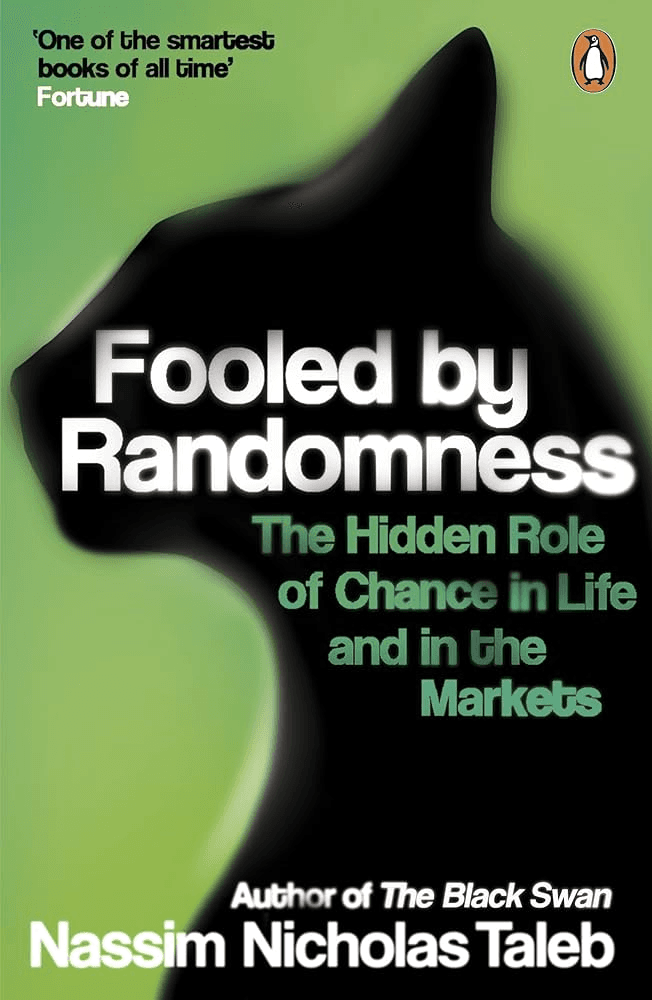 4.Fooled by Randomness
4.Fooled by Randomness"Fooled by Randomness" is a thought-provoking book by Nassim Nicholas Taleb that delves into the role of chance in our lives and how we often mistake random events for meaningful patterns. Through a mix of personal anecdotes, philosophical insights, and statistical analysis, Taleb explores how randomness affects the world of finance, business, and daily life. The book challenges readers to rethink their perceptions of success, failure, and the forces that drive outcomes. This book is ideal for readers interested in finance, probability, and the philosophical implications of randomness.
- 0
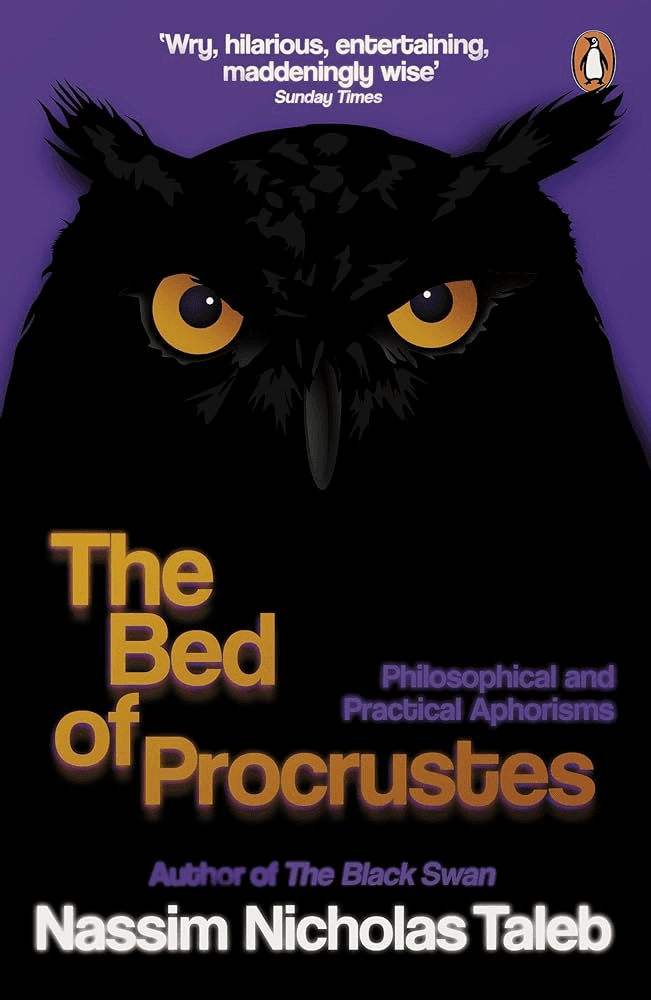 5.The Bed of Procrustes: Philosophical and Practical Aphorisms
5.The Bed of Procrustes: Philosophical and Practical Aphorisms"The Bed of Procrustes" is a collection of aphorisms by Nassim Nicholas Taleb that distills his philosophical insights into short, thought-provoking statements. The title refers to the Greek myth of Procrustes, symbolizing the tendency to force things into unnatural conformity. Through these aphorisms, Taleb critiques modern society's flaws, biases, and misconceptions, offering a sharp, often humorous, commentary on topics ranging from knowledge and science to wealth and human behavior. This book is perfect for readers who enjoy deep, philosophical musings and appreciate Taleb's sharp wit and unconventional perspectives.
- 2
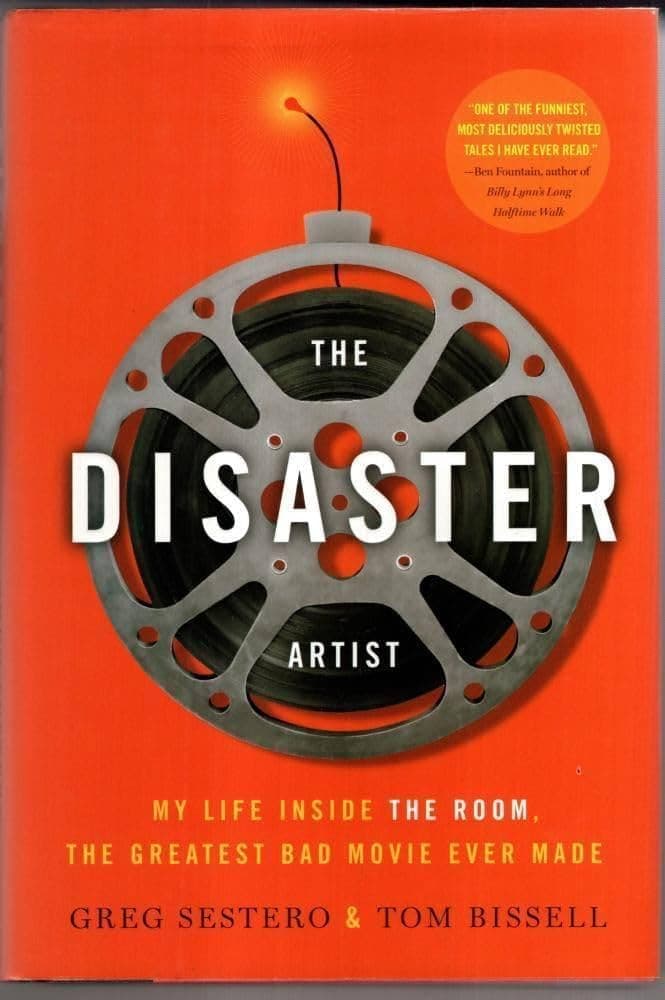 4.The Disaster Artist
4.The Disaster ArtistThe best book about the best director in the world. It was such a great book it was adapted into a movie. Bet the other books on this list can't say that!
- 1
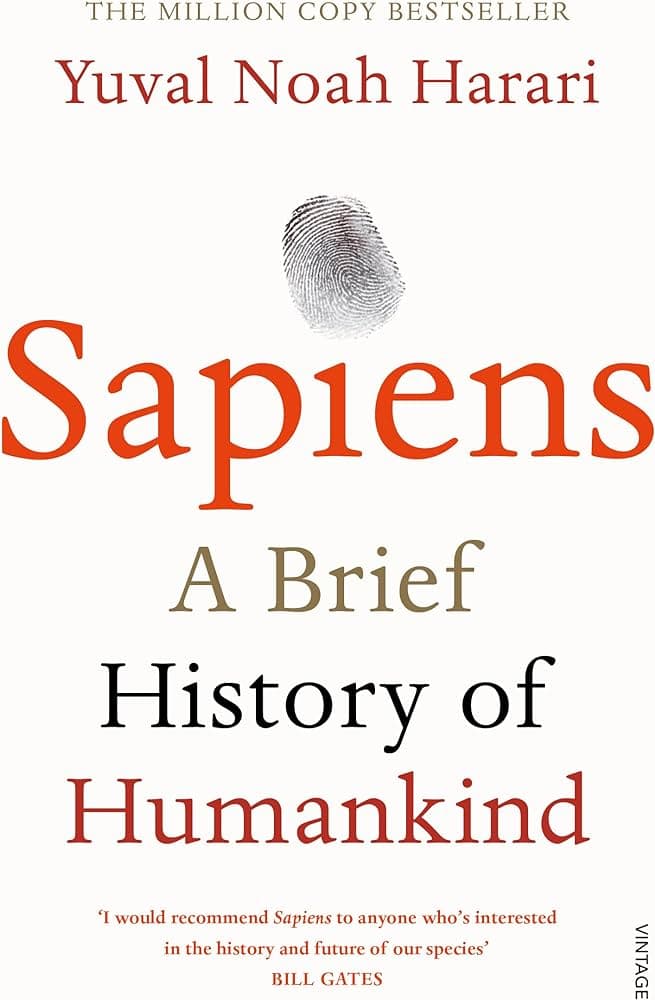 8.Sapiens: A Brief History of Humankind by Yuval Noah Harari
8.Sapiens: A Brief History of Humankind by Yuval Noah HarariThe great thing about this book is that it takes a big-picture view of human history. It attempts to explain the main themes of human history without getting bogged down in the details. Sapiens also debunks many popular myths about human history, including the one that people today live happier lives and have better diets than our hunter-gatherer predecessors. It comes with an epilogue about the future of humankind in light of ever-accelerating technological progress. With the recent advances in AI it is more relevant than ever. If you're going to read one book on history this year, read this one.
- 3
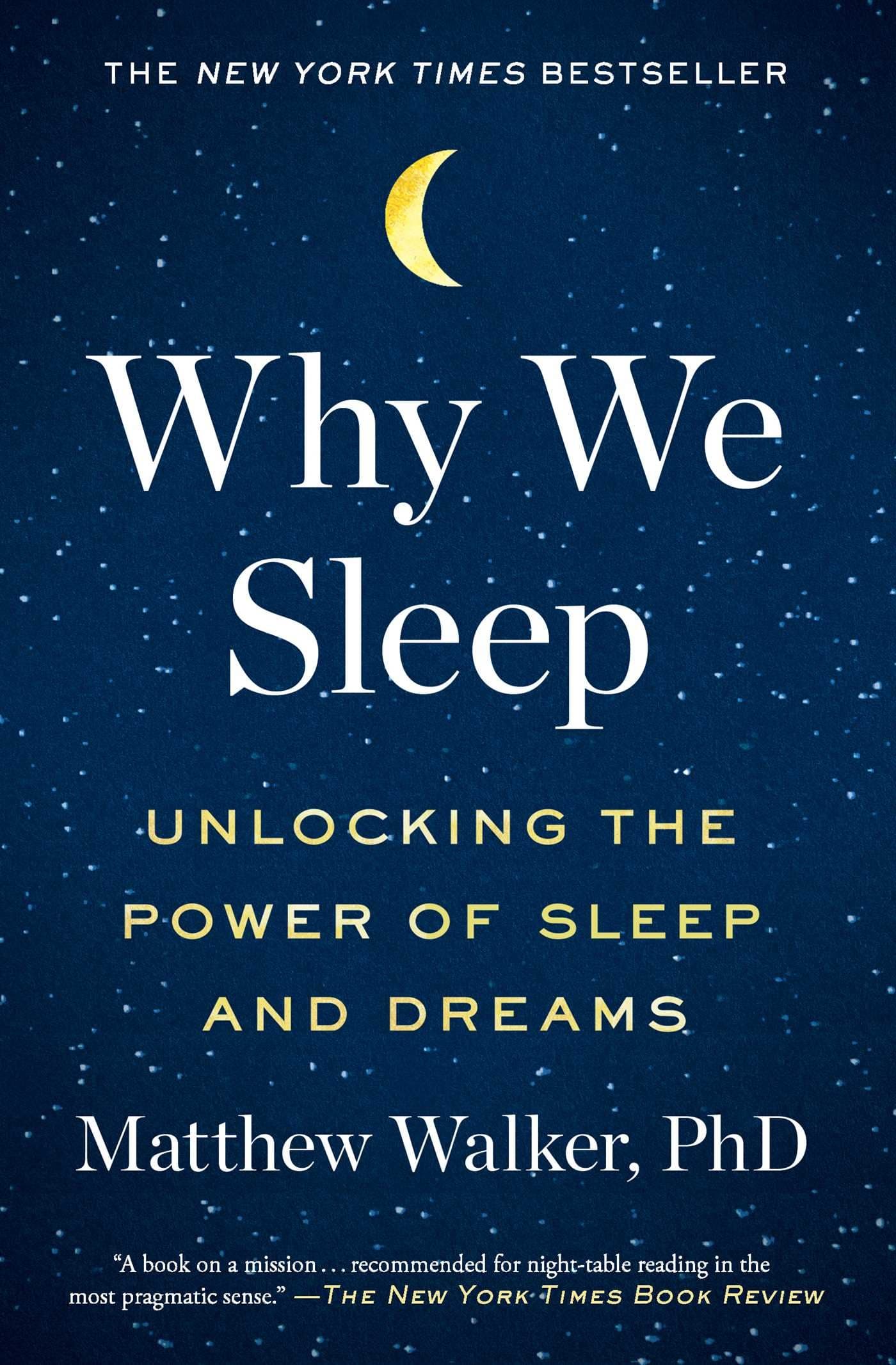 1.Why We Sleep
1.Why We SleepBy Mathew Walker - We sleep 1/3 of our life yet understand so little about it...
- 2
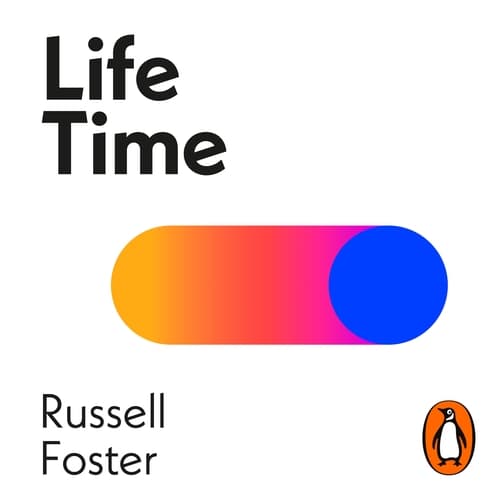 2.Life Time by Russell Foster
2.Life Time by Russell FosterA book about the circadian rhythm. Apparently, it's really misunderstood, even by your doctor. Read this book to understand your body better. It helped me improve my sleep.
- 2
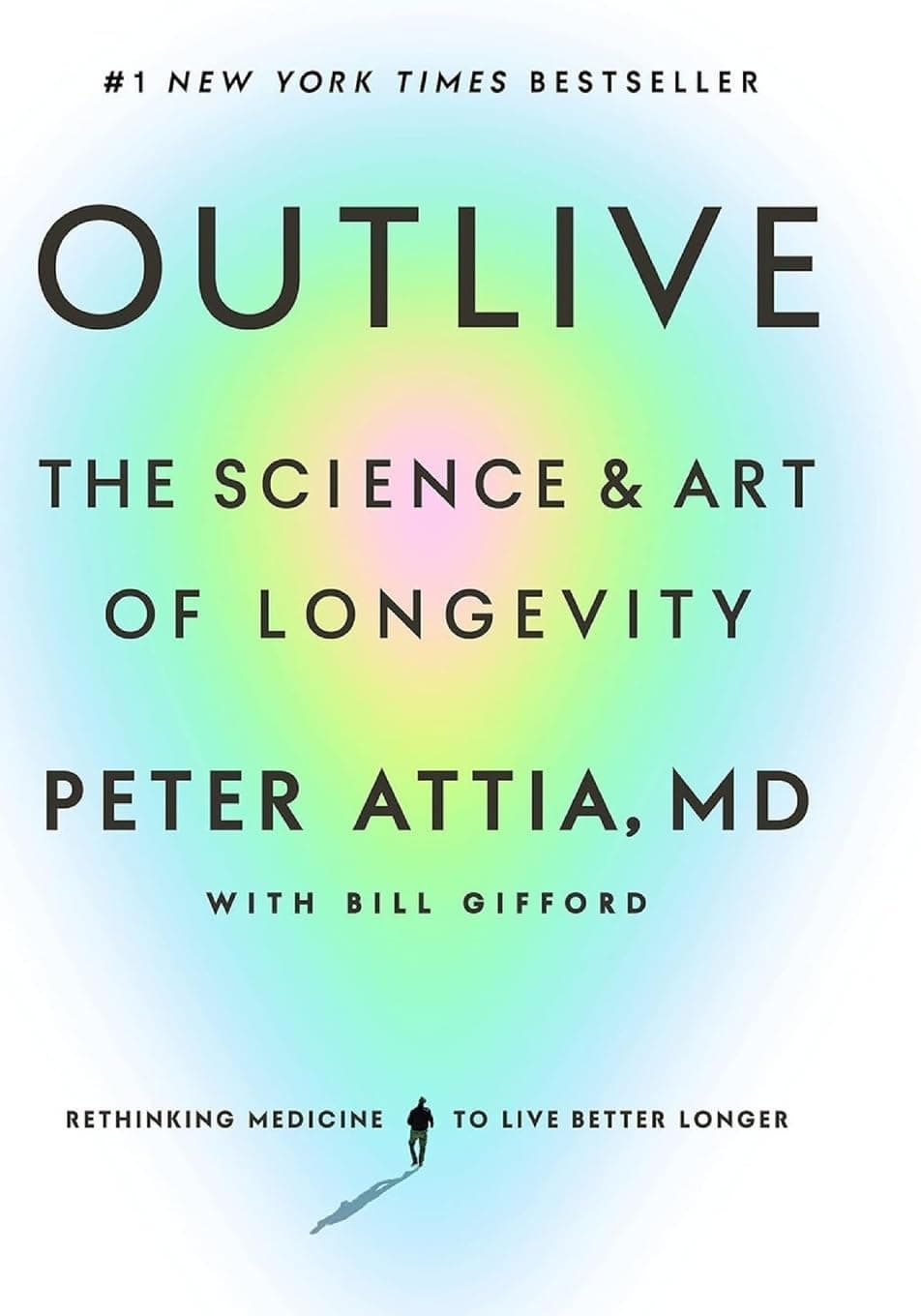 3.Outlive By Peter Attia
3.Outlive By Peter AttiaModern healthcare is often reactive. This is part of the reason why preventative medicine is so key.
- 0
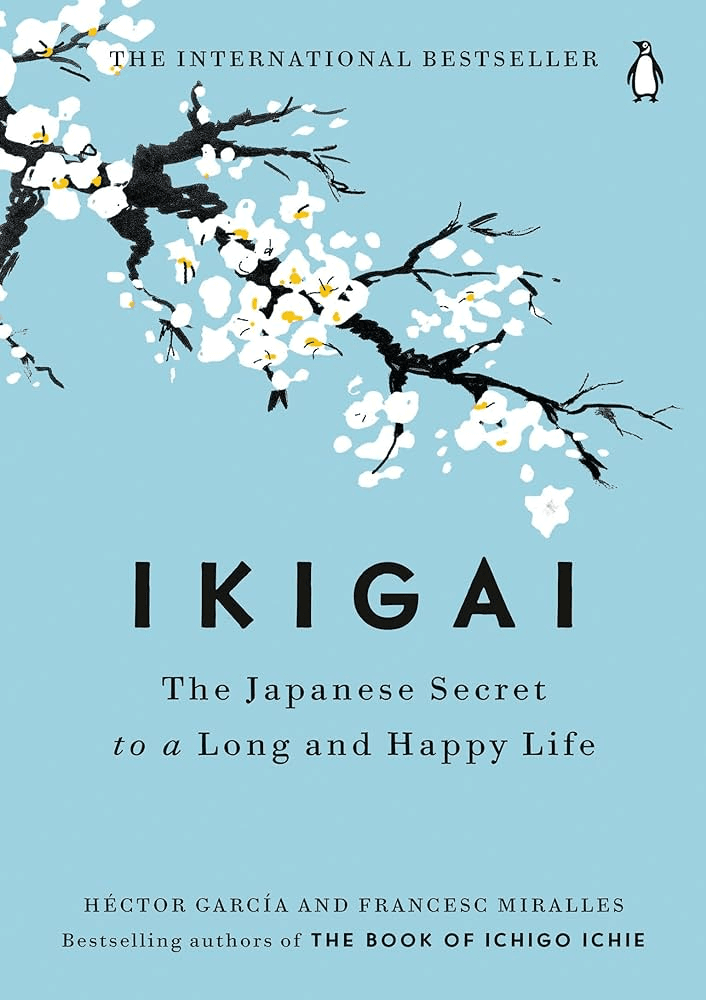 4.Ikigai: The Japanese Secret to a Long and Happy Life
4.Ikigai: The Japanese Secret to a Long and Happy LifeDiscover the secrets to a long, healthy, and fulfilling life with "Ikigai: The Japanese Secret to a Long and Happy Life" by Héctor García and Francesc Miralles. This insightful book delves into the Japanese concept of ikigai, or a "reason for being," which is believed to be a key factor in the remarkable longevity of the residents of Okinawa, a Japanese village known for having the world’s highest percentage of centenarians. Through interviews with these vibrant centenarians, the authors uncover how the principles of ikigai—where passion, mission, vocation, and profession intersect—contribute to their happiness and longevity. The book reveals the residents' daily practices, from their nutrient-rich diets and active lifestyles to their strong community bonds and purposeful work. "Ikigai" provides practical advice and tools to help readers discover their own ikigai, offering a blend of cultural wisdom and actionable steps towards a life filled with purpose, health, and joy. This book is a valuable resource for anyone interested in enhancing their well-being and finding deeper satisfaction in everyday life.
- 2
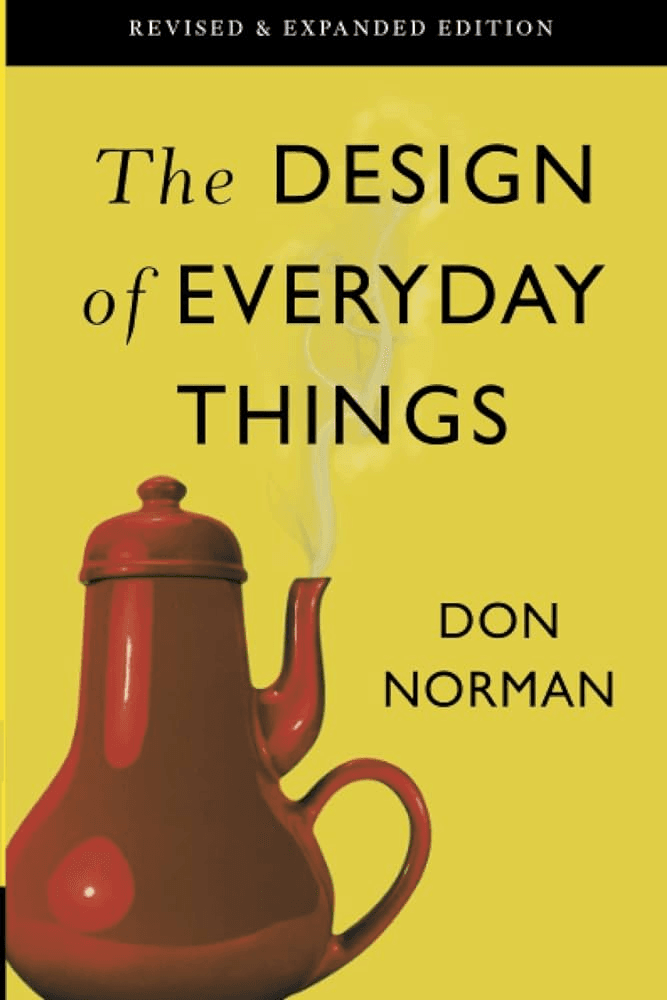 2.The Design Of Everyday Things
2.The Design Of Everyday ThingsEven the smartest among us can feel inept as we fail to figure out which light switch or oven burner to turn on, or whether to push, pull, or slide a door. The fault, argues this ingenious -- even liberating -- book, lies not in ourselves, but in product design that ignores the needs of users and the principles of cognitive psychology. The problems range from ambiguous and hidden controls to arbitrary relationships between controls and functions, coupled with a lack of feedback or other assistance and unreasonable demands on memorization. The Design of Everyday Things shows that good, usable design is possible. The rules are simple: make things visible, exploit natural relationships that couple function and control, and make intelligent use of constraints. The goal: guide the user effortlessly to the right action on the right control at the right time. The Design of Everyday Things is a powerful primer on how -- and why -- some products satisfy customers while others only frustrate them.
- 0
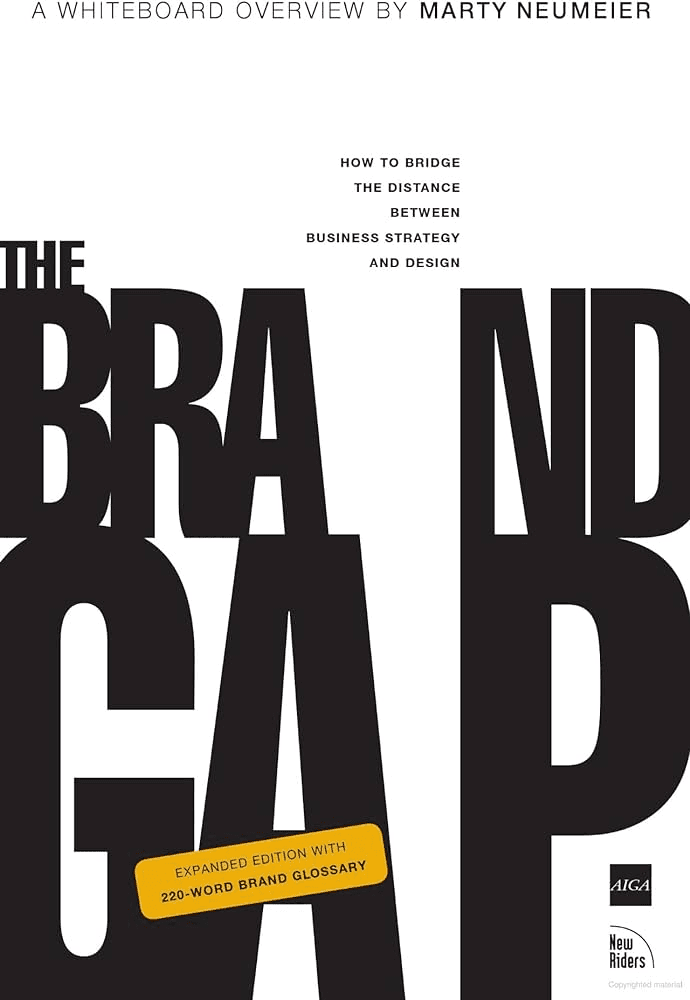 4.The Brand Gap: How to Bridge the Distance Between Business Strategy and Design
4.The Brand Gap: How to Bridge the Distance Between Business Strategy and DesignThe Brand Gap is the first book to present a unified theory of brand-building. Whereas most books on branding are weighted toward either a strategic or creative approach, this book shows how both ways of thinking can unite to produce a “charismatic brand”―a brand that customers feel is essential to their lives. In an entertaining two-hour read you’ll learn: • the new definition of brand • the five essential disciplines of brand-building • how branding is changing the dynamics of competition • the three most powerful questions to ask about any brand • why collaboration is the key to brand-building • how design determines a customer’s experience • how to test brand concepts quickly and cheaply • the importance of managing brands from the inside • 220-word brand glossary
- 1
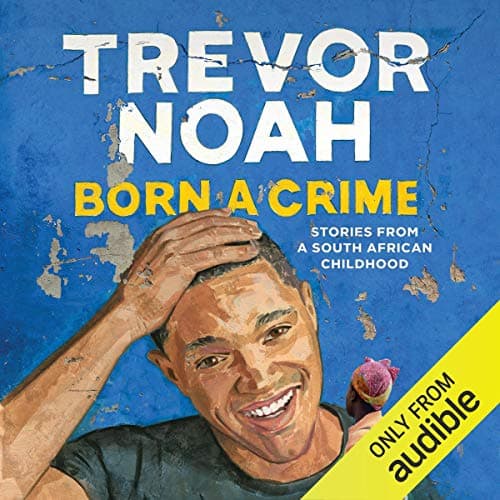 2.Born a Crime by Trevor Noah
2.Born a Crime by Trevor NoahBorn a Crime: Stories from a South African Childhood is Trevor Noah’s autobiography, published in 2016. It tells the story of his early years growing up in South Africa during and after apartheid. The title comes from the fact that his birth—he had a black Xhosa mother and a white Swiss-German father—was literally considered a crime under apartheid laws that banned interracial relationships at the time. The book is a mix of humor and tough truths. Much of it focuses on Trevor’s relationship with his mother, Patricia, who plays a huge role in his life. She’s portrayed as tough, religious, and fiercely independent—someone who dragged him to multiple church services every week, even during times of violence and unrest. Her strong influence shapes his character, often through strict discipline and sharp lessons about right and wrong. Trevor shares stories from his childhood that range from funny to intense. There’s a scene where his mother throws him out of a moving minibus to save him from a potentially dangerous driver. He also talks about using his talent for languages to navigate different cultural groups in South Africa, and how he hustled by selling bootleg CDs to make money. But not all his stories are light—he describes living with his abusive stepfather, Abel, whose violence culminated in him shooting Trevor’s mother, though she miraculously survived. Despite the heavy topics—racism, poverty, domestic abuse—Noah’s storytelling is funny, honest, and full of warmth. The book gives a personal look at how apartheid shaped everyday life but also highlights the resilience of his family, especially his mother. The memoir was widely praised, becoming a bestseller and earning spots on numerous “best of the year” lists. It struck a chord with readers around the world, and even inspired figures like U.S. Senator Tammy Duckworth and First Lady Jill Biden, who assigned it as reading for her English class. A film adaptation is in the works, with Lupita Nyong’o set to play Trevor’s mother and co-produce the project.
- 1
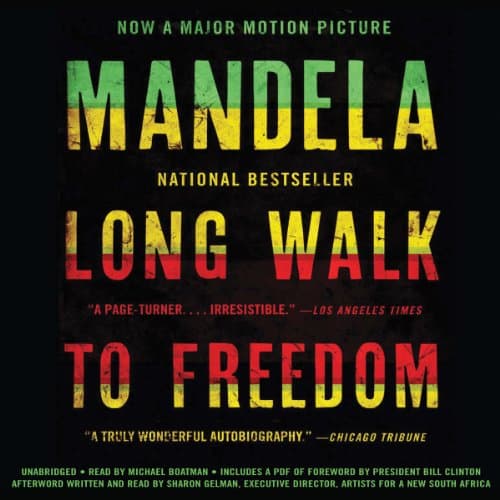 3.Long Walk to Freedom by Nelson Mandela
3.Long Walk to Freedom by Nelson MandelaLong Walk to Freedom is an autobiography by South Africa's first democratically elected President Nelson Mandela, and it was first published in 1994 by Little Brown & Co. The book profiles his early life, coming of age, education and 27 years spent in prison If you're new to South African history, as I was, this is a great starting point. Why not hear from the man who played a key part in it?
- 1
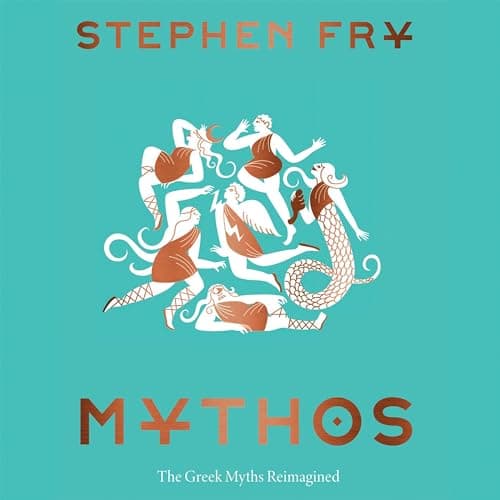 4.Mythos by Stephen Fry
4.Mythos by Stephen FryGreek myths retold by Stephen Fry. He is both the author and the narrator of this book. His wit and sense of humor come across in both the text and in the delivery. Plus, you actually get to learn Greek myths.
- 1
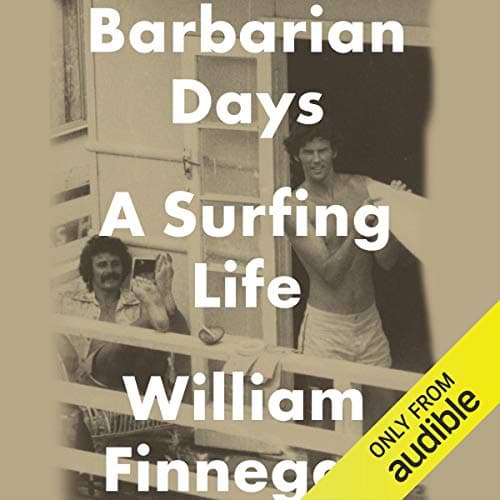 5.Barbarian Days by William Finnegan
5.Barbarian Days by William FinneganBarbarian Days: A Surfing Life is William Finnegan’s story about growing up obsessed with surfing. It’s not just about catching waves—it’s about a whole way of life that’s demanding, addictive, and sometimes dangerous. Finnegan started young, learning to surf in California and Hawaii, and kept chasing waves into adulthood, traveling through places like Fiji, Australia, Indonesia, and Africa. Along the way, he mixes adventure with self-reflection, talking about friendships formed in the water, the culture around surfing, and how it all fit with the times—especially during the social changes of the 1960s and '70s. The book isn’t just about the thrill of surfing; Finnegan dives into the technical side of waves and the patience it takes to master them. He’s honest about his youthful recklessness—like taking LSD before surfing a massive wave in Maui—and the risks that came with his travels, from malaria scares to navigating shady markets. Still, surfing pulls him along, even when he’s juggling a career as a war reporter and later, family life. At its core, Barbarian Days is an old-fashioned adventure tale mixed with a thoughtful look at what it means to be hooked on something so completely. Finnegan’s writing captures both the beauty and the grind of surfing, making you feel like you’re right there with him—whether on a remote beach or paddling out into icy waves off Long Island.
- 1
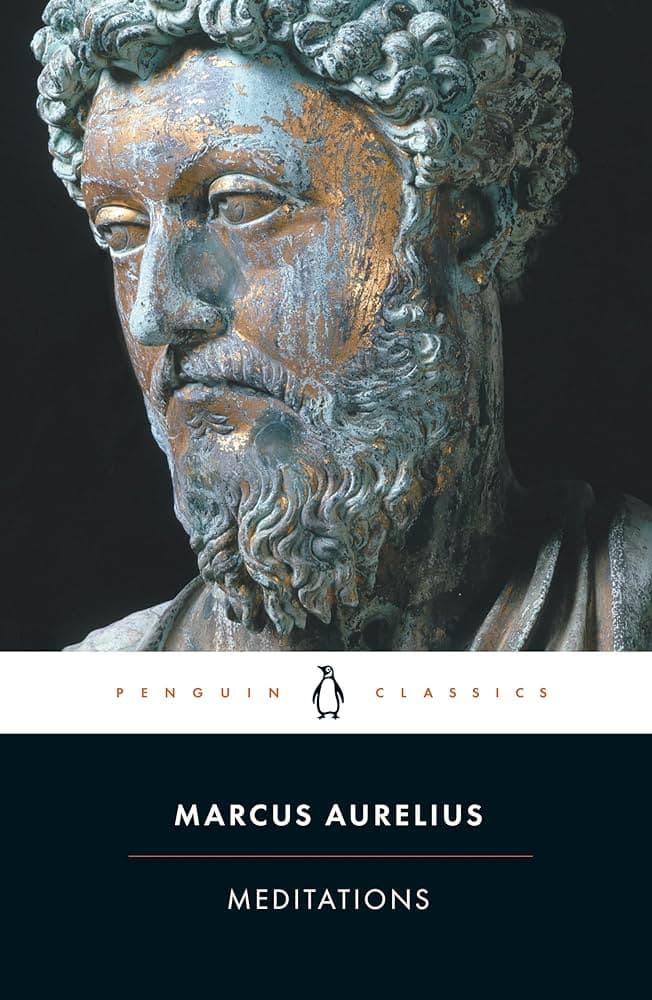 1.Meditations by Marcus Aurelius
1.Meditations by Marcus AureliusFrom wikipedia: Meditations is a series of personal writings by Marcus Aurelius, Roman Emperor from AD 161 to 180, recording his private notes to himself and ideas on Stoic philosophy. Meditations are worth reading if only to get a glimpse at the thoughts of a man who lived a life in truly extraordinary circumstances of being a Roman Emperor. It's surprising how relevant the themes of his diaries are two thousand years later.
- 1
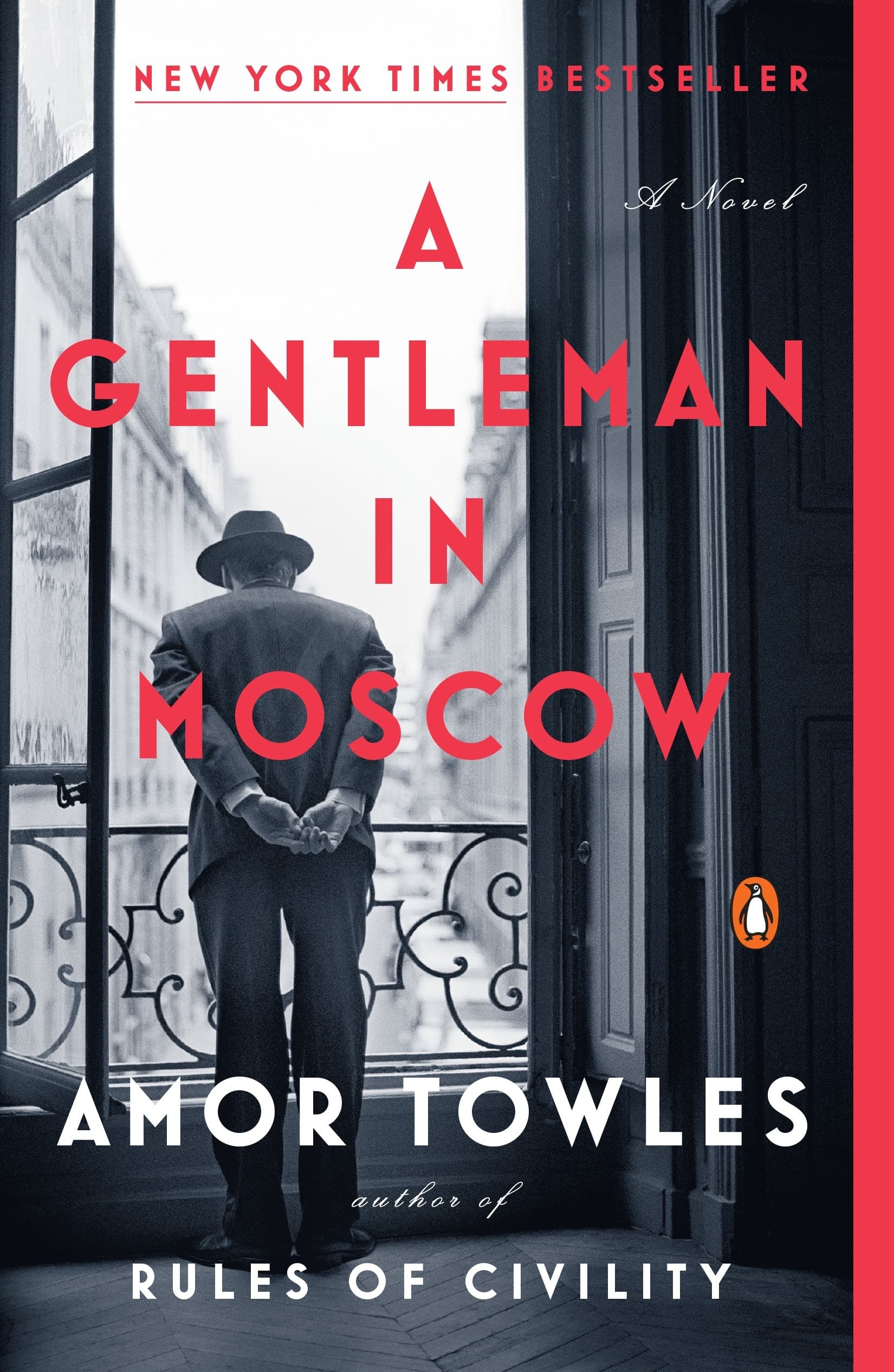 2.A Gentleman in Moscow by Amor Towles
2.A Gentleman in Moscow by Amor TowlesA Gentleman in Moscow is a historical fiction novel by Amor Towles. It follows Count Alexander Rostov, a Russian aristocrat who, after the Bolshevik Revolution, is sentenced to house arrest in the grand Hotel Metropol in Moscow. Instead of being imprisoned in a cell, he’s confined to the hotel, which becomes both his cage and his world. The story spans several decades, starting in the 1920s and running through key moments of Soviet history. Most of it unfolds inside the hotel, which is no ordinary place—it's a bustling, self-contained universe. Rostov, who begins the story living in a lavish suite, is forced to move into a tiny attic room. Despite this fall from grace, he navigates his new life with wit and charm, forming friendships with the hotel staff, guests, and unexpected visitors. The book isn’t just about the Count’s personal journey—it’s also about how time changes people and places, how history creeps in even when you’re standing still, and how small acts of kindness and loyalty can shape a lifetime. The setting, the Metropol, is richly described, from fine dining rooms to back corridors. There’s a good bit about food, music, and Russian culture, and plenty of philosophical musings, but it never gets too heavy. At its core, the novel is about making the best of what life throws at you. The Count is an old-world gentleman stuck in a new world that wants to forget people like him. How he handles that—sometimes with grace, sometimes with stubbornness—is what makes the book compelling. It's quietly dramatic, occasionally funny, and surprisingly heartwarming, all without needing big action scenes.
